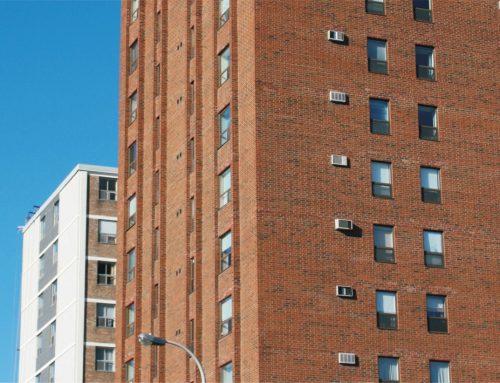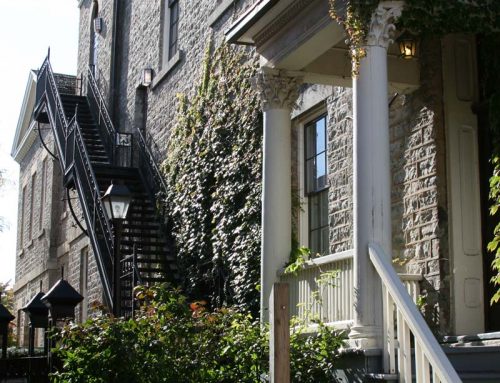Housing starts (including single, semi, row, apt) were up inNiagara in 2010 (1354) compared to 2009 (1015). Housing Starts declined for the first quarter of 2011 mainly due to the decline in row housing starts.
Source: http://www.cmhc-schl.gc.ca/odpub/esub/64679/64679_2011_M01.pdf?fr=1308841467656
Housing Market Information
http://publications.gc.ca/collections/collection_2011/schl-cmhc/nh12-35/NH12-35-2011-1-eng.pdf
Table 5.2 Housing data 2001-2010 in Niagara
| 2001 | 2002 | 2003 | 2004 | 2005 | 2006 | 2008 | 2009 | 2010 | |
| Total Housing Starts | 1,184 | 1,317 | 1,144 | 1,781 | 1,412 | 1,294 | 1,138 | 859 | 1,354 |
| Rental Vacancy % | 1.9 | 2.4 | 2.7 | 2.6 | 2.7 | 4.3 | 4.2 | 4.4 | 4.4 |
| Average Rental Availability | No data | No data | No data | 4.4 | 4.6 | 6.1 | 6.8 | 6.3 | 6.1 |
| Bachelor | 569 | 583 | 600 | 611 | 624 | 636 | 532 | 527 | 528 |
| 1 bedroom | 569 | 583 | 6000 | 611 | 624 | 636 | 663 | 679 | 691 |
| 2 bedroom | 680 | 695 | 704 | 722 | 736 | 752 | 774 | 803 | 817 |
| 3 bedroom | 761 | 766 | 813 | 829 | 855 | 850 | 865 | 887 | 918 |
[pull_quote align=”right”] “ The residential construction industry is essential to our region’s economic recovery and long-term prosperity” (Canadian Home Builders’ Association 2010)[/pull_quote]The home building industry: The building industry is a sign of economic health in an area. It is a major driver of the economy and a provider of jobs. Its growth depends on the population growth of the region and levels of income and employment that support both residential and non residential building. The housing industry is making efforts increasingly to go green and to integrate more environmental friendly and conservation oriented construction. Source: Niagara Home Builders’ Association.










